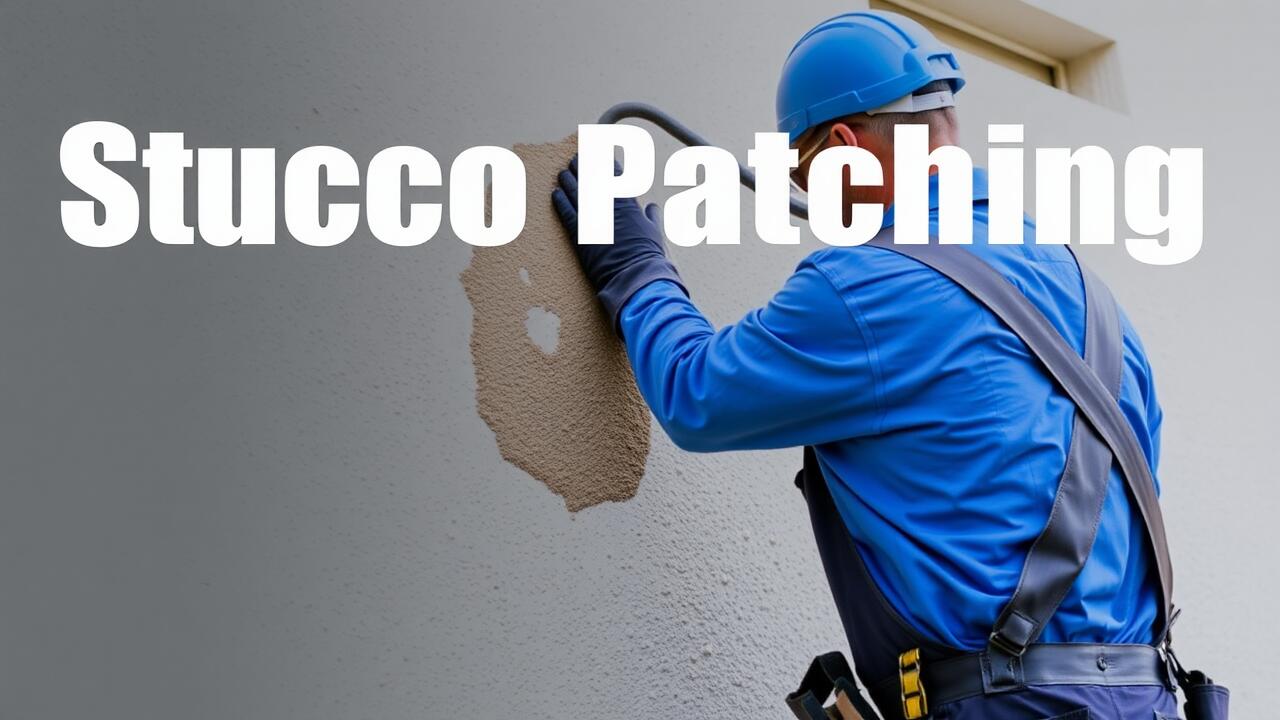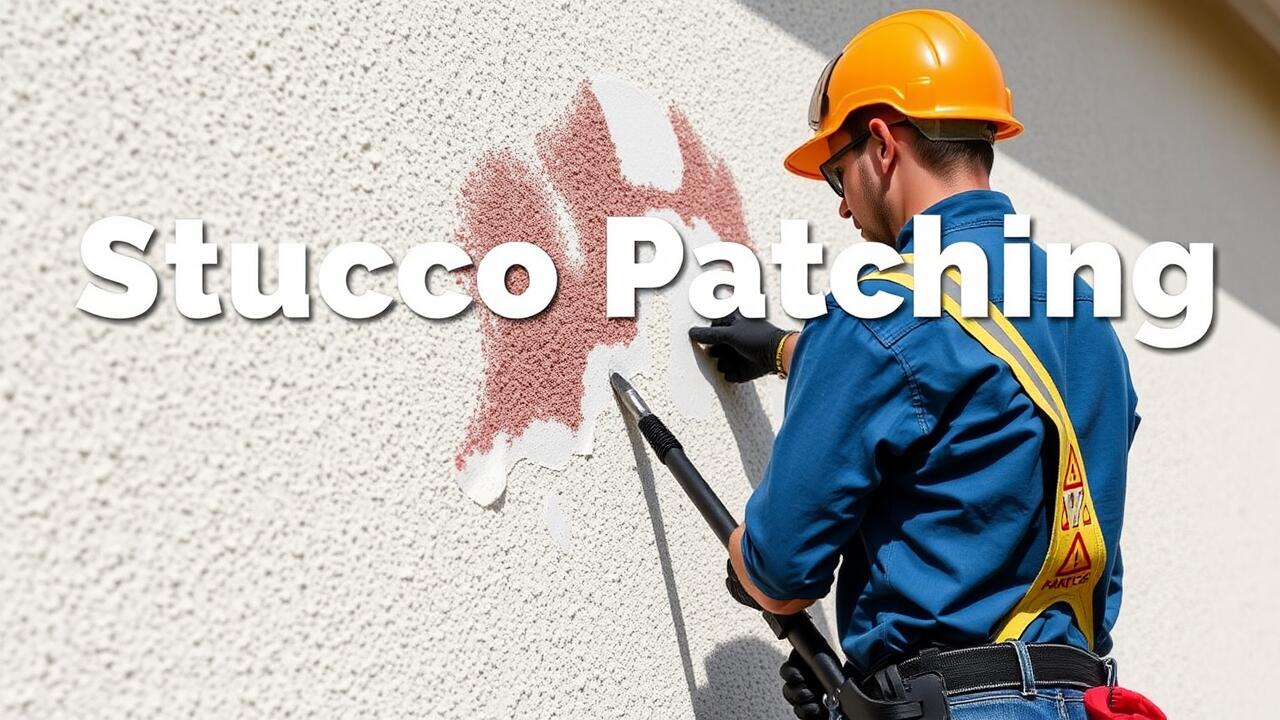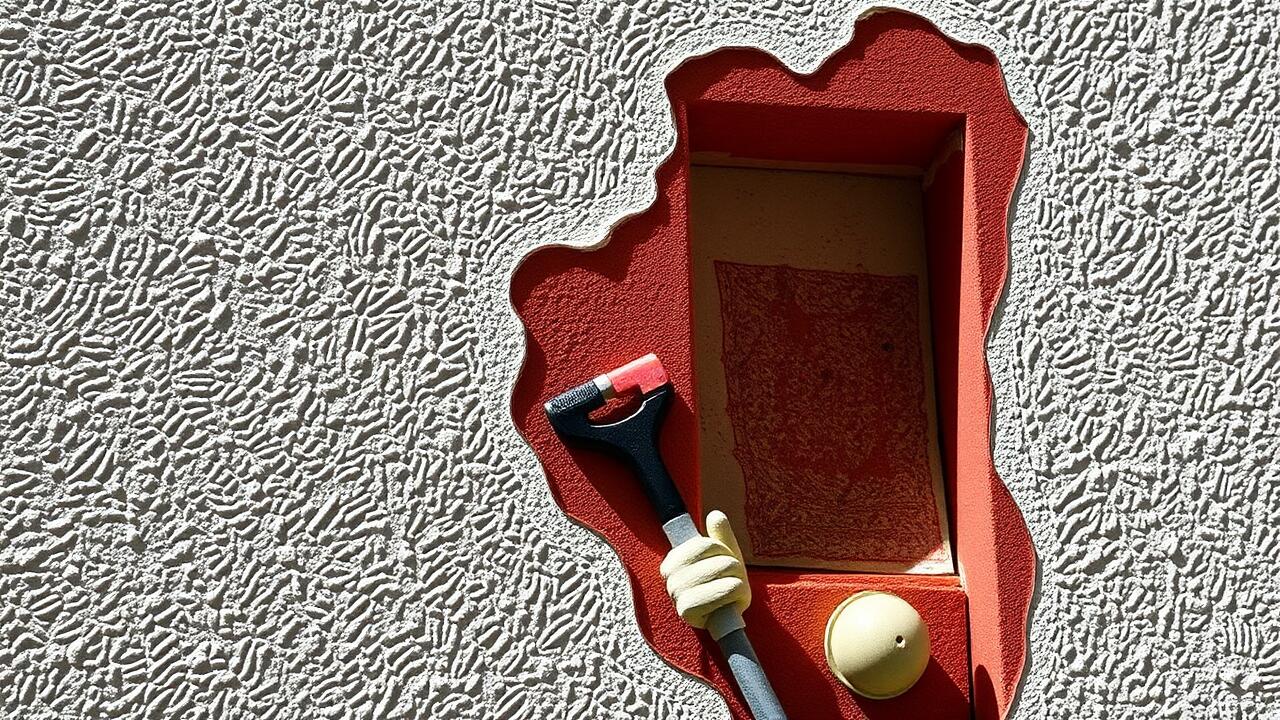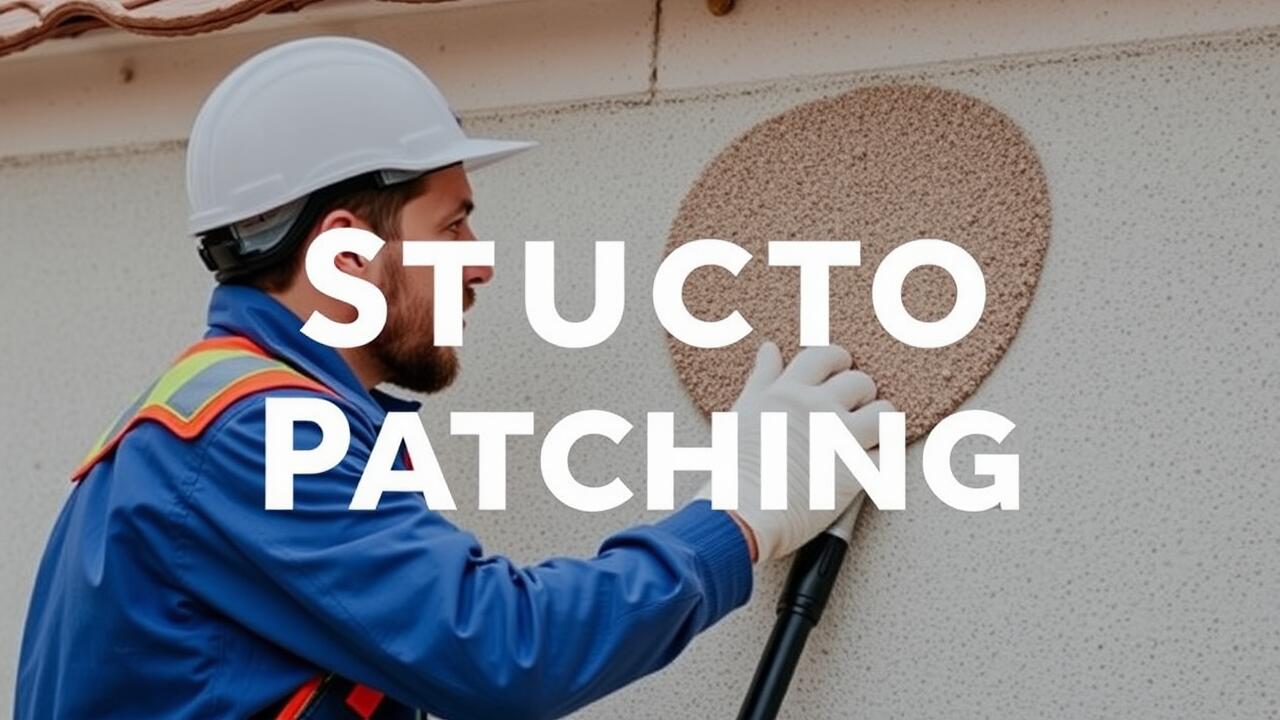
Addressing Major Repairs
When addressing major repairs to a bad stucco job, it’s essential to identify the underlying issues. This can include water damage, cracking, or improper installation. Thorough inspection reveals the severity of the damage, enabling you to determine whether patching, complete replacement, or both are necessary. In many cases, repairing localized sections will suffice. However, significant deterioration may require extensive work to restore structural integrity.
Stucco Patching North Hollywood, Los Angeles, offers practical solutions for various stucco issues. Professional services can ensure that repairs are conducted properly, using the appropriate materials and techniques. This process often involves removing damaged layers, applying a primer, and carefully layering new stucco to create a seamless finish. Seeking expert assistance can ultimately save time and ensure a long-lasting, aesthetically pleasing result.
Techniques for Extensive Damage and Water Infiltration
Extensive damage and water infiltration can compromise the structural integrity of a building. It’s crucial to identify and address these issues before attempting any repairs. Start by removing the damaged stucco to expose the underlying framework. Use a chisel and hammer to carefully chip away at the problematic areas. Ensure that any signs of mold or mildew are treated and that the sheathing is intact. After clearing the damaged sections, allow the area to dry completely. This is vital for effective repair work, as moisture trapped beneath new stucco can lead to future problems.
Once the area is prepared, it’s time to implement stucco patching techniques. The application of a bonding agent can enhance adhesion for the new stucco mix. For a seamless finish, use a mix that matches the original texture and color of existing stucco. When performing stucco patching in Venice, Los Angeles, it is essential to follow best practices for mixing and applying the material. Apply the patch in layers, allowing each to cure before adding the next. This helps in achieving a sturdy repair that blends well with the surrounding surfaces.
Applying New Stucco
When applying new stucco, preparation of the surface is crucial to ensure proper adhesion. Begin by cleaning the area thoroughly to remove any loose debris, dust, or old stucco remnants. Use a wire brush or pressure washer for cleaning. Once the surface is prepped, dampen the area slightly to enhance bonding. Mixing the stucco according to the manufacturer's specifications is equally important, as the correct consistency impacts both application and durability.
For those undertaking stucco patching in Venice, Los Angeles, attention to details during the application process can greatly affect the final result. Apply the new stucco using a hawk and trowel, working in small sections to maintain control and create an even surface. Consider adding a bonding agent to the mix if necessary for enhanced adhesion, especially on areas with extensive repairs. Achieving a smooth, uniform coat is essential as it sets the foundation for the final texture and appearance.
Best Practices for Mixing and Applying Stucco
Proper mixing of stucco is essential for achieving the desired workability and durability. The dry ingredients should be measured accurately to ensure a consistent mix. Using a mechanical mixer can provide even blending of the cement, sand, and water, enhancing the application process. Water should not exceed the recommended amount, as excess moisture can lead to cracking and improper curing. For best results, mix only enough stucco for a specific section to prevent premature hardening.
When applying the stucco, experts emphasize achieving a uniform thickness for an even finish. It is crucial to apply the material in manageable sections, allowing the compound to adhere effectively without drying too quickly. Professionals at Stucco Patching Palms, Los Angeles, recommend using a trowel to create smooth and consistent surfaces. Applying multiple coats helps improve the overall strength, with each layer needing time to set before the next is added. Finishing techniques such as texture can also enhance aesthetics, ensuring that the result not only repairs but revives the surface beautifully.
Finishing Touches
Achieving a uniform appearance during the finishing stage is essential for a successful stucco installation. Attention to detail can significantly enhance the visual appeal of your project. After applying the final coat of stucco, consider using a trowel to smooth out any rough patches. This technique helps to create a seamless transition between different sections of stucco. Always aim for consistent texture and color to ensure the finished product looks cohesive.
When it comes to enhancing the aesthetic aspects of your stucco, tools such as brushes and sponges can be beneficial. Use these to create desirable textures or patterns according to your preference. For those in need of assistance with finishing touches, options such as professional services for stucco patching Echo Park, Los Angeles, can provide expert help. By choosing the right method and tools, the final result will not only be durable but also visually striking.
Techniques for Achieving a Uniform Appearance
Achieving a uniform appearance in stucco work requires careful attention to detail during application and finishing. Start by ensuring that your base surface is clean and free of debris. Use a trowel to apply the stucco evenly, focusing on maintaining consistent thickness across the entire area. It's essential to blend new patches seamlessly with existing stucco to avoid visible lines. As you apply, take time to feather the edges to create a smooth transition between patched and unpatched areas.
After applying the stucco, the finishing process contributes significantly to the overall look. Tools such as a float can help create a uniform texture, while and damp sponge provides a polished finish. For projects like Stucco Patching Pacific Palisades, Los Angeles, pay extra attention to the prevailing architectural styles in the area. This ensures that the final appearance complements the surrounding buildings, enhancing both aesthetics and value.
FAQS
What are the signs of a bad stucco job?
Signs of a bad stucco job can include visible cracks, peeling or flaking, uneven surfaces, water stains, mold growth, and signs of water infiltration such as efflorescence.
Can I fix minor stucco issues myself?
Yes, minor stucco issues such as small cracks or surface imperfections can often be fixed by homeowners using patching compounds or caulking. However, for extensive damage or major repairs, it is advisable to consult with a professional.
How do I know if I need to replace my stucco entirely?
If you notice extensive cracking, significant water damage, or if the stucco is crumbling or deteriorating in large areas, it may be time for a complete replacement. A professional inspection can help determine the best course of action.
What are the best practices for mixing stucco?
Best practices for mixing stucco include using the right ratio of cement, sand, and water, mixing in small batches for consistency, and ensuring that the mixture is blended thoroughly to achieve a smooth, workable consistency.
How long does it take for newly applied stucco to dry?
The drying time for newly applied stucco varies but generally, it can take anywhere from 24 to 48 hours for the initial set. However, full curing can take several weeks, depending on weather conditions and thickness of the application.



